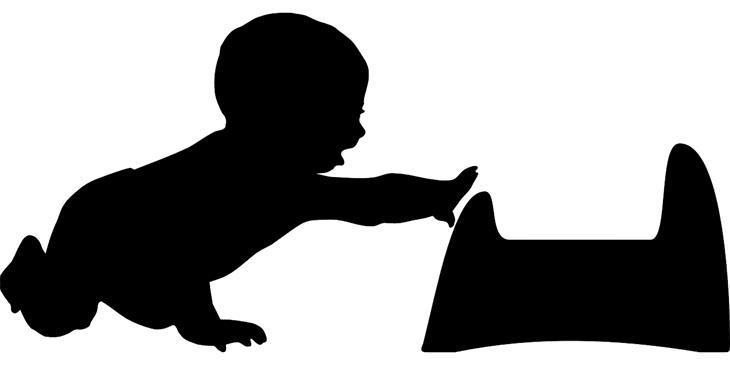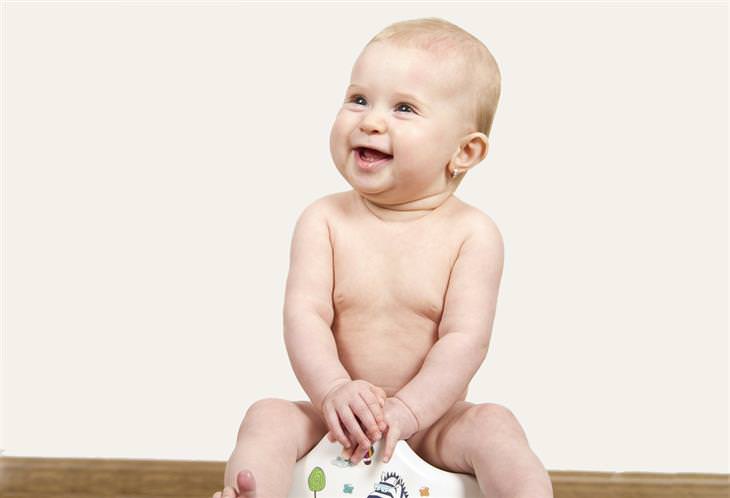
There comes an exciting time in the life of every toddler, in which they say "goodbye" to the diapers and hello to the big kid potty. The recommended age for potty training is two to three years, and by the age of four the child should know how and be familiar with using the potty.
Many parents go into potty training under severe stress because of the amount of effort and time needed to wean them from diapers, but it doesn’t have to be stressful and long, and in fact, it can be done within a week and even less with these next 9 tips. Using these tips will make the transition from diaper to potty smooth, calm, and most importantly - correct!

Dr. Caroline Fertleman, a pediatrician and one of the authors of “The Gentle Potty Training Book: The Calmer, Easier Approach to Toilet Training” recommends that you start easy by letting the child sit on the potty without having to do anything other than becoming familiar with this new interesting chair.
Every day for an hour or two, in the morning and afternoon, put the child on the potty without a diaper every fifteen minutes. throughout the rest of the time let the child play, eat and spend the day as usual with a diaper, but stop every fifteen minutes for a minute on the potty, do this for two days, and on the third day do it throughout the whole day - if you need to leave the house, take the potty with you. It is a very important step in the one-week potty training process, so don’t skip it.
2. Let the child walk around the house without a diaper
After you’ve spent 3 days practicing sitting on a potty, let your child walk around the house without a diaper, underwear or pants. In this situation, when the child feels the need to relieve themselves, they’ll have no choice but to do it somewhere, and the potty or toilet will be the solution. After you’ve helped them relieve themselves in the potty or toilet, make sure that they have seen what has come out– as gross as it may sound, this is a vital step in the process in order for them to understand the meaning of the act. Turn flushing the toilet into a great and joyful event so that they know that this, too, is an important step in the process.
After the child has used the potty or toilet, give them a small reward - it can be a sticker, a stamp, a small candy or anything else that comes to mind. Give the child an even greater reward if, for example, they spent the whole day without a diaper or an entire night without wetting themselves.

Whenever your child uses the potty or toilet properly, praise them and make sure that other members of the household do the same. This will help to build confidence in the context of this action but avoid praising them too much, so if they have an "accident" and can’t make it to the potty in time (which will probably happen), they won’t feel too upset.
Let the teachers know that your child has begun potty training at home. The teachers are busy with a lot of children during the day, so if your child needs a reminder to use a potty or toilet, tell the teachers. In addition, "give your child a tour of the classroom's bathroom, and the best thing to do is to help him or her take care of their bathroom needs before you go. It is also important to tell the kindergarten teachers that the child should receive a reward after he/she uses the potty, and they’ll provide them with the sticker they deserve.
If you are raising a boy, you must teach him how to urinate standing up like an adult, and the person who bears this responsibility is the father. The father must show the child how he relieves himself, and then you can stick a sticker in the toilet to serve as a target for the child. If you are a single parent, ask for help from a grandfather or uncle.
